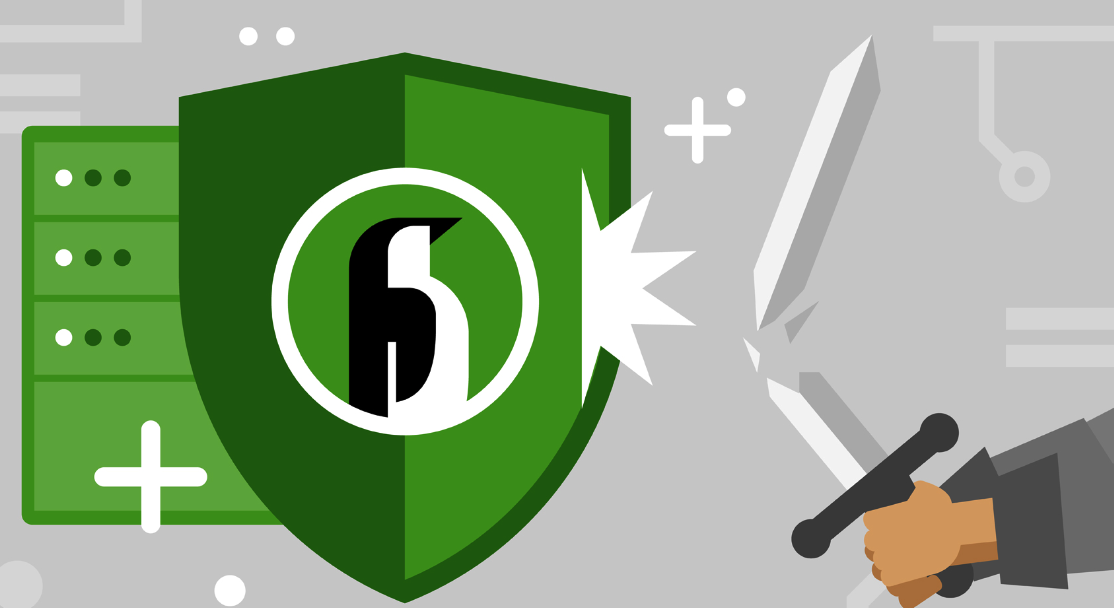Mastering Linux Security: Best Practices and Powerful Tools
Linux security is an essential aspect of system administration. In this blog post, we will cover best practices and powerful tools that can help you secure your Linux environment effectively.
1. Keep Your System Up-to-Date
Regularly update your Linux system to ensure you have the latest security patches and software updates. Use package managers like apt or yum to keep your software packages current.
2. Use Strong Passwords and SSH Key Authentication
Implement strong passwords for user accounts and enable SSH key authentication for remote access. This will help prevent unauthorized access to your system.
3. Configure Firewall and Security Policies
Set up a firewall using tools like iptables or firewalld, and define security policies to restrict incoming and outgoing traffic. This will help protect your system from potential threats.
4. Implement System Auditing and Monitoring
Monitor system logs and use auditing tools like auditd to track user activities and detect potential security issues. Regularly review logs to identify and mitigate potential threats.
5. Use Security Tools for Vulnerability Scanning
Employ security tools like OpenVAS or Nessus for vulnerability scanning, ensuring your system is safeguarded against known threats and weaknesses.
Conclusion
Mastering Linux security requires a combination of best practices and powerful tools. By following these guidelines and employing effective security measures, you can protect your Linux environment and safeguard your system against potential threats.



